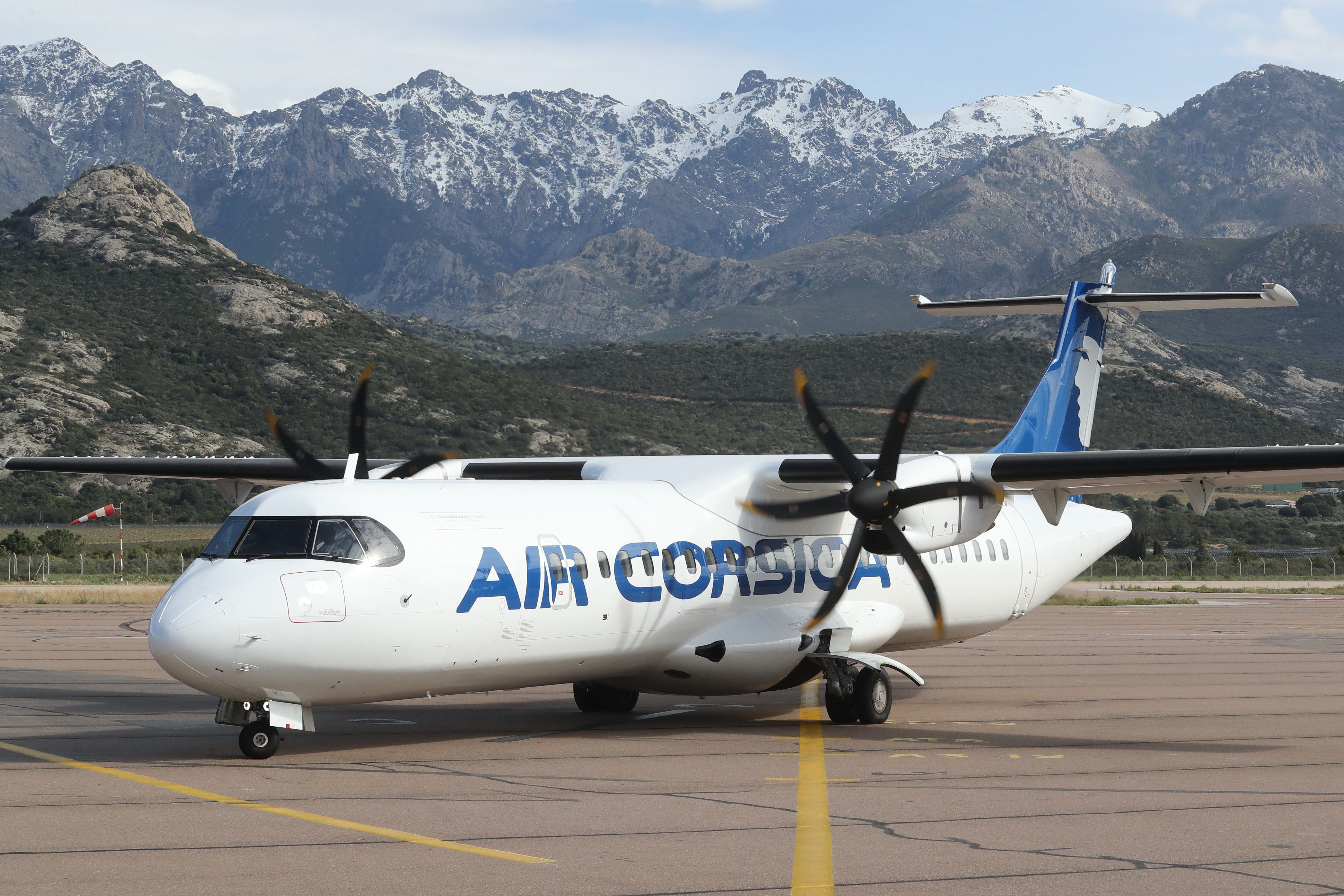Summary ATR achieves major milestone with 1,700th aircraft delivery to Air Corsica, marking a proud history of success and resilience. Air Corsica completes fleet transition with 7 ATR 72-600s on PW127XT engines for enhanced efficiency and reduced environmental impact. ATR continues to lead regional aviation market with sustainable aircraft, supporting growth and connectivity for airlines like Air Corsica.
Founded in 1981 as a joint venture between Aérospatiale of France (now Airbus) and Aeritalia (now Leonardo), Avions de Transport Régional (ATR) has reached a significant milestone. Yesterday, ATR announced it had delivered the 1,700th aircraft since the start of its program to one of its longstanding customers, Air Corsica. A proud history at ATR The first ATR 42-200 received its Type Certificate from the French Directorate General for Civil Aviation and the Italian Civil Aviation Authority in 1985.

The first delivery was to French regional airline Air Littoral in December 1985, followed by the 500th in 1997, the 1,000th in 2012, and the 1,500th to IndiGo in November 2018. ATR delivered the 1,700th ATR to Air Corsica, and the arrival of the seventh ATR 72-600 completes the full transition of the airline's fleet of ATR-500 series to the latest generation turboprops. According to tracking data from Flightradar24 , the latest to arrive is registered F-HXKZ with MSN 1698 and was ferried to Corsica on August 23, 2024.
Despite the carnage all around it, a new airline has been born in Israel. Today, airHaifa received its first ATR 72 turboprop. ATR Chief Executive Officer Nathalie Tarnaud Laude said delivering the 1,700th aircraft marks a major milestone in its partnership with Air Corsica and highlights the shared commitment to setting the standard for regional connectivity.
She added: "This achievement also underscores ATR's resilience, unmatched adequacy for the regional market, and capacity to provide highly efficient, versatile aircraft that empower airlines to thrive in the dynamic regional aviation sector." In November 2022, Air Corsica was the first customer to receive an ATR 72-600 fitted with the new Pratt & Whitney PW127XT engines. The new generation powerplant reduces maintenance costs by 20% and offers at least a 3% reduction in fuel consumption compared to its predecessor, the PW127M.
The aircraft is also the first of its type in the fleet of Air Corsica. The transition is complete Air Corsica now has seven ATR 72-600s operating with PW127XT engines, enhancing the reliability, comfort, operating costs and CO2 emissions of its connecting flights from Corsica's four airports - Ajaccio, Bastia, Calvi and Figari . Marie-Hélène Casanova-Servas, President of Air Corsica's Supervisory Board, said that by investing in a modern fleet, the airline ensures the island remains well-connected, fostering growth and opportunities for its communities.
She added that completing the transition to the 72-600 is a pivotal moment for Air Corsica , which supports the island's economic vitality and provides the best possible service to passengers. "This latest-generation aircraft enhances our operational efficiency and significantly reduces our environmental impact, aligning perfectly with our vision of a more sustainable future for air travel in Corsica." Air Corsica has a fleet of 13 aircraft, including seven ATR 72-600s, two Airbus A320-200s and four A320neos.
The airline, France's fourth largest, has carried more than 42 million passengers since its first flight in 1990 and has a network of 12 public service domestic routes, 12 non-public service domestic routes and 12 international routes, including both year-round and summer seasonal services. ATR is the leading regional aircraft manufacturer with ATR 42 and 72 and produces the best-selling aircraft in the under-90-seat market. ATRs are flown by more than 200 airlines in more than 100 countries, and 160 new routes were opened in 2023 using ATR turboprops.
In January 2022, an ATR flew the first commercial aircraft using 100% SAF in both engines. It is the lowest-emission regional aircraft on the market, emitting 45% less CO2 than similar-sized regional jets, making it ideal for the environmentally challenged remote regions it serves..



















